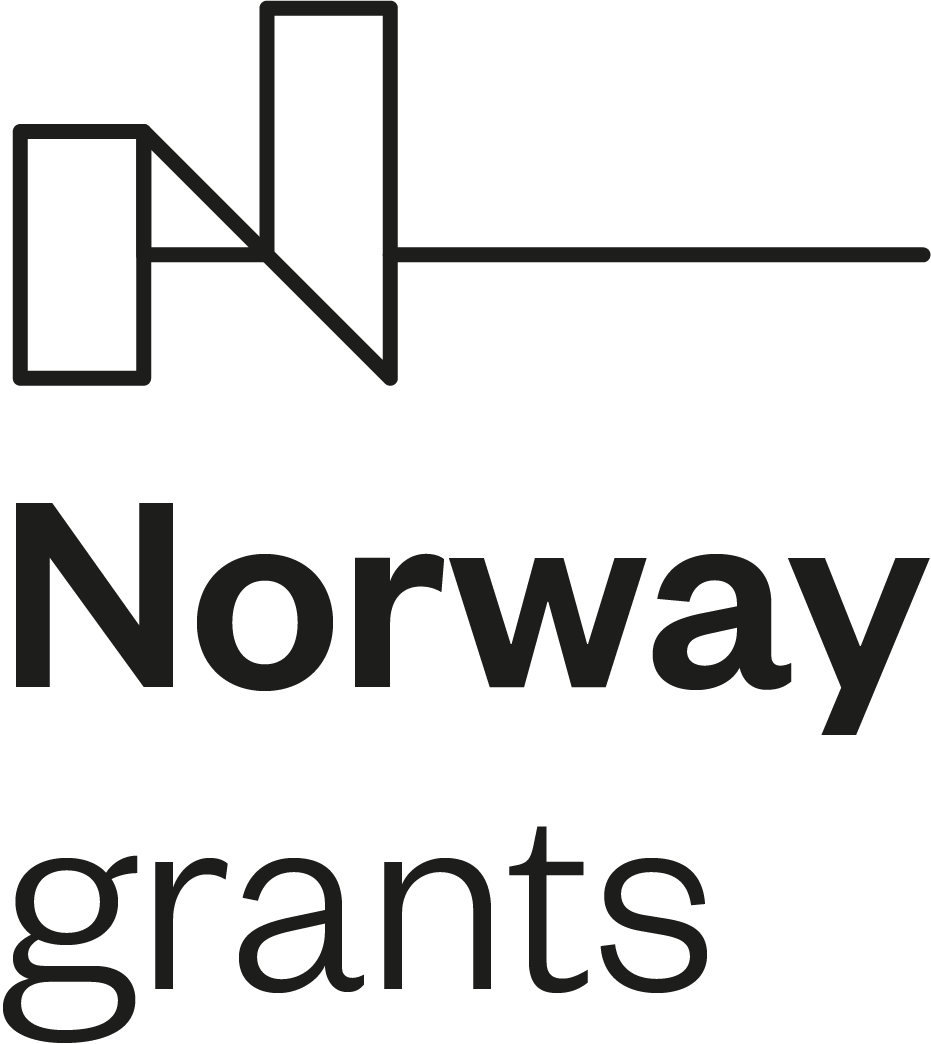

About violence against women
What to do if you experience violence?
Violence against women is one of the most common forms of human rights violations in the world. According to the UN Declaration on the Elimination of Violence against Women, any act of violence based on gender inequality which results in (or aims to result in) physical, sexual or psychological harm to a woman, including threats of such violence, is considered such violence. acts, coercion or any denial of liberty, whether in public or private life. Against this background, there is a historically uneven distribution of power between men and women in society.
It takes various forms - violence against women in relationships, trafficking in women, rape, sexual abuse and sexual harassment, forced prostitution, female genital mutilation, etc.
One of the most common forms of violence against women is violence against women in intimate relationships, that is, violence perpetrated against women by their husbands, partners, or ex-spouses or partners.
Violence against women in relationships is gender-based violence , an abuse of power by a man over a woman. These are cases where a man harms a woman in any form, exerts physical, mental and sexual pressure. Violence is any act by which a man forces a woman to do what he does not want to do or prevents her from doing what he wants, his behavior makes the woman feel afraid.
FORMS OF VIOLENCE
Individual forms of violence in a relationship do not seem isolated, it is usually a combination of several. Forms of violence against women in intimate relationships:
● Physical violence: slapping, kicking, sucking, beating, biting, pulling hair, twisting hands, shaking, strangling, pinching, heating, burning, choking on pillows, stabbing, cutting, beating objects, murder / death. Violence escalates over time, becoming more frequent and brutal. Physical violence results in severe injuries and health problems of varying degrees of threat to health and life. They often require medical treatment or hospitalization. The fatal consequences of physical violence are homicide, murder
● Psychological violence: manifested by outbursts of anger, ridicule in public, criticism, refusal to communicate, obstruction of family view, humiliation, destruction of valuable personal belongings, persecution, finger-pointing, statements that a woman has gone mad, that she is mentally ill, blaming her or others, jealousy, extortion, intimidation, phone control, waking, forcing to communicate at night, requiring trivial acts, buying children, animal cruelty, night phone calls, threats to kill, threats to commit suicide, self-harm.
● Social violence: preventing contact with family, friends and the outside world (locking in the apartment, blocking the phone, banning the use of a car, restricting movement). The rapist`s goal is to gain absolute control and power over the woman`s actions and behavior, to isolate her from being able to get help.
● Economic violence: men abuse power to dispose of funds. They let women beg for every crown, force them to sign loans, and have control over the family`s income and assets. Women need to block purchases, justifying each item. The aim of such action is to create economic dependence on the man, to have economic dominance over the woman. Men do not or only minimally contribute to the living expenses of their families, they prevent women from working.
● Sexualized violence: rape, coercion into sexual practices that are uncomfortable for women, coercion of a woman to have sex with other men, offering a woman for prostitution, posting intimate photos of a woman without her response on the Internet. The goal of sexualized violence is not the sexual satisfaction of a man, but the achievement of complete control of a man over a woman`s body.
VIOLENCE CYCLE
Violence in partner relationships is not a one-off event, but it is repeated, it takes a long time and escalates over time. Violence begins with attacks on human dignity, continues with attacks on health, and culminates in attacks on life. The cyclicality of violence lies in the fact that violent events are repeated cyclically and over time their cruelty escalates, creating the so-called a circle of violence that goes through certain stages.
Phases of the violence cycle: Voltage building phase
This phase is considered a kind of silence before the storm, when the feeling of tension in the family increases. The rapist evokes an atmosphere of fear through minor incidents of verbal, emotional or physical abuse. Its intensity and frequency increase. The rapist is looking for pretexts, he is more aggressive, jealous. He claims that he rightly assesses the suitability and inappropriateness of a woman`s behavior.
Often women report that waiting for an attack is worse than the attack itself because they do not know what will follow. They can`t prevent an attack, no matter how hard they try. Only the perpetrator is always responsible for the violence.
Explosion phase
It is characterized by the uncontrolled release of stress that increased during the first stage. Its typical manifestation is an attack. The trigger is not the woman`s behavior, but the extreme event, the rapist`s inner disposition. The difference from the first stage lies in its destructiveness, at this stage it is the act of violence itself (physical assault, sexual abuse ...). The explosion may be mild or severe, lasting several minutes or days. This is the time when women most often leave the abuser.
Honeymoon phase
It is the most peaceful phase of the cycle, in which a woman can get some rest and recover. At this stage, the least tension is present in the relationship, with the least violence from the partner. The abuser realizes that the woman may want to end the relationship with him, but she does not want to lose power and control over her, she does not want to lose her, so she changes her behavior strategy, apologizes, promises that nothing like this will happen again, assures her that changes, buys bouquets, family trips, helps at home ... The goal of such a rapist`s behavior is to emotionally disorient the woman. The woman sees in him again the man she has fallen in love with. He tries to cling to the good of the man, pretending that it is not so bad. The environment also tends to judge the rapist on the basis of the good he shows to the outside world, and he often gives him service in persuading the woman since he left. This phase must be seen as part of the strategy the rapist wants to handcuff the woman. If a woman wants to leave after the attack, at this stage she usually returns to the abuser, withdraws her divorce application and tries to settle things. Despite his experience, he believes his partner`s words that this will no longer happen, and he remains. At this stage, it is very difficult for women to decide to end the relationship.
Denial phase
This phase is an intermediate stage between the honeymoon phase and the tension building phase. For a rapist, we talk about suppressing, downplaying guilt, and women are most often used to blame themselves, displacing, denying and rationalizing.
Such a cycle may initially last more than a year. But over time, it can be shortened by repeating it every week or day. Over time, the honeymoon phase falls out completely, leaving only the tension phase, the explosion phase, and the denial phase.
SUPPORT US






































